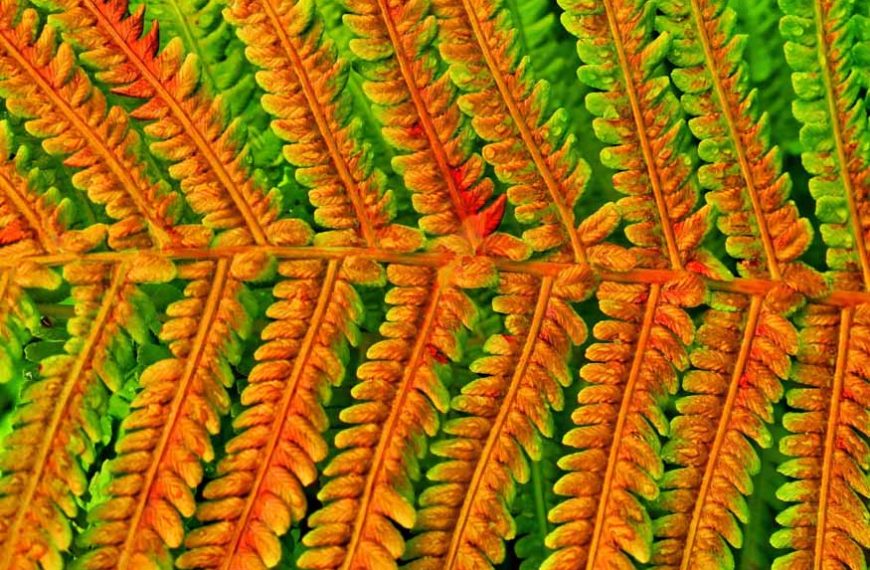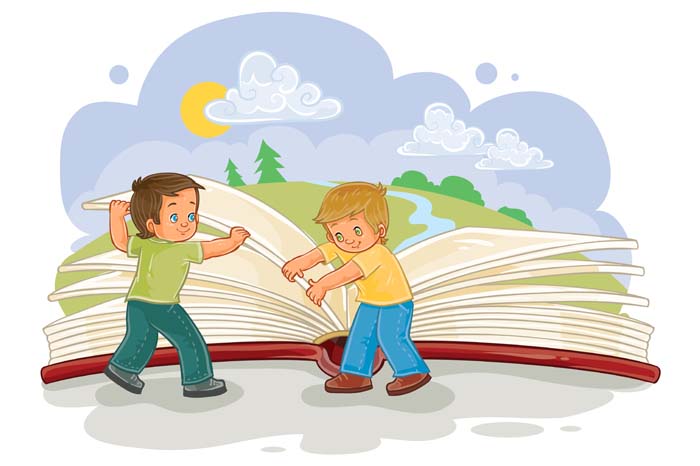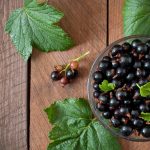Preschoolers are curious little beings who are constantly exploring the world around them. Engaging them in creative and outdoor activities not only stimulates their senses but also nurtures their cognitive and motor skills. One delightful way to combine the joys of nature and artistic expression is through DIY weaving in nature. The wonders of nature activities for preschoolers are endless, but today we will give special attention to the joyous and educational experience of nature weaving.
Benefits of Nature Activities for Preschoolers
Engaging preschoolers in outdoor art activities offers a multitude of benefits that extend beyond the joy of creating. Here are several advantages of incorporating outdoor art into the early learning experiences of preschoolers:
- Sensory Stimulation
- Fine Motor Skills Development
- Cognitive Growth
- Creativity and Imagination
- Connection with Nature
- Social Skills Enhancement
- Emotional Expression
- Physical Activity
- Understanding the Environment
- Sense of Accomplishment
- Calm and Mindfulness
- Appreciation for Diversity
Weaving in nature allows preschoolers to explore various textures, temperatures and elements in nature. From feeling the rough bark of a tree to squishing mud between their fingers, these sensory experiences enhance their tactile development.
Activities like drawing with chalk, painting with brushes or molding with clay require intricate hand movements, promoting the development of fine motor skills crucial for later tasks such as writing and tying shoelaces.
Outdoor art engages preschoolers in problem-solving and decision-making. They learn to make choices about colors, materials and shapes, fostering cognitive development and spatial awareness.
The open and unstructured environment of weaving in nature stimulates creativity. Preschoolers can draw inspiration from nature and let their imaginations run wild, fostering the development of creative thinking and expression.
Outdoor art activities provide an opportunity for preschoolers to connect with the natural world. Whether they’re drawing landscapes, collecting leaves for collages or painting scenes from the outdoors, children develop an early appreciation for nature.
Collaborative art projects in outdoor settings encourage teamwork and social interaction. Preschoolers learn to share materials, communicate their ideas, and engage in cooperative play, promoting the development of social skills.
Art is a powerful medium for expressing emotions. Weaving in nature and nature crafts for kids, in general, provide a therapeutic outlet for preschoolers to communicate their feelings, whether through colorful paintings, expressive drawings or imaginative sculptures.
Outdoor art often involves physical movement, whether it’s painting on an easel, drawing on the sidewalk or creating sculptures with found materials. This contributes to overall physical development and encourages an active lifestyle.
Through outdoor art, preschoolers observe the changing seasons, weather patterns and the natural world around them. This firsthand experience fosters a sense of curiosity and environmental awareness.
Completing an outdoor art project gives preschoolers a sense of accomplishment. Displaying their creations or sharing them with others reinforces self-esteem and confidence in their abilities.
Creating art outdoors can have a calming effect on preschoolers. The natural surroundings and the process of engaging in art can promote mindfulness and contribute to a sense of tranquility.
Exposure to outdoor art with diverse themes, materials and cultural influences introduces preschoolers to a broad range of perspectives and fosters an appreciation for diversity and creativity.
Let’s Get to the Weaving, Already!
Nature crafts for kids provide an enchanting way for our preschoolers to blend artistic expression with the beauty of the outdoors. This hands-on activity not only engages their creativity but also encourages an appreciation for the natural materials around them. Let’s dive into the simple steps of creating a nature loom for our little artists.
Materials Needed
- Sturdy Twig or Branch:
- Yarn or Twine:
- Assorted Natural Materials:
- Scissors:
Choose a straight and sturdy twig or branch as the base of your nature loom. Its length will determine the size of the weaving area.
Opt for a durable yarn or twine to create the warp threads that will form the structure of the loom.
Collect a variety of natural materials such as leaves, flowers, small twigs, feathers and grass. These will be used as the weft threads to weave through the loom.
Have child-friendly safety scissors on hand for cutting yarn and trimming materials.
Step-by-Step Guide to Creating a Nature Loom
- Selecting and Preparing the Twig:
- Attaching the Warp Threads:
- Creating the Loom Structure:
- Exploring Nature’s Bounty:
- Weaving the Natural Materials:
- Experimenting with Patterns:
- Securing and Displaying:
Choose a twig or branch that suits the desired size of your nature loom. Trim any excess branches or twigs protruding from the main structure.
Tie one end of the yarn or twine securely to one end of the twig. Begin wrapping the yarn around the twig, leaving a small gap between each wrap. Continue wrapping until you reach the other end of the twig, and tie it securely. This creates the warp threads.
To form the loom, extend additional lengths of yarn vertically from the top to the bottom warp threads. Tie each vertical thread securely to the top and bottom, evenly spacing them to create an open framework.
Embark on a nature walk with the kids to collect an assortment of natural materials. Encourage them to find items with different textures, colors, and shapes.
Demonstrate the basic over-and-under weaving technique to the kids. Instruct them to weave the collected natural materials through the open spaces between the vertical threads, creating a woven masterpiece.
Encourage creativity by suggesting different weaving patterns. Children can experiment with alternating colors, creating stripes or even forming shapes within their nature loom.
Once the weaving is complete, secure the loose ends of the natural materials by tucking them under the yarn or tying small knots. Trim any excess with safety scissors. Display the finished nature loom in a special outdoor space or bring it indoors to showcase the kids’ nature-inspired artistry.
Tips for a Successful Nature Weaving Session
Before embarking on a nature weaving adventure with preschoolers, consider these practical tips to ensure a seamless and enjoyable experience for both educators and little artists.
- Choose an Inspiring Location
- Safety First
- Demonstrate Weaving Techniques
- Encourage Nature Exploration
- Facilitate Collaboration
- Provide Varieties of Yarn
- Celebrate Each Creation
Opt for an outdoor setting with an abundance of natural materials. A park, garden or wooded area can provide a rich array of textures and colors, enhancing the overall weaving experience.
Prioritize safety by inspecting the chosen area for potential hazards. Ensure that the selected twigs and branches are safe for use, and supervise children closely, especially when handling tools like safety scissors.
Before setting preschoolers loose on their nature looms, offer a demonstration of basic weaving techniques. Show them how to go over and under the warp threads, encouraging them to follow suit.
Take a moment to explore the natural surroundings with the preschoolers. Discuss the different types of leaves, flowers and textures they might incorporate into their weavings. This enhances their observational skills and connection with nature.
If working in a group setting, foster collaboration by encouraging children to share materials and ideas. Group projects can create a sense of teamwork and camaraderie among preschoolers.
Offer an assortment of yarn in different colors and thicknesses. This not only adds visual interest to their weavings but also allows for exploration of various textures.
Recognize and celebrate the uniqueness of each child’s creation. Highlight specific elements they incorporated, such as a special leaf or a creative color pattern. This positive reinforcement boosts self-esteem.
Nature weaving aligns seamlessly with our commitment to fostering creativity, enhancing fine motor skills and instilling a love for the environment. At EuroKids, we believe in providing not just academic education but also holistic experiences that nurture the individuality of each child. As the preschoolers proudly display their natural weavings, we see the tangible results of their outdoor artistry—a manifestation of the EuroKids approach that values every child’s unique journey of exploration and expression.














